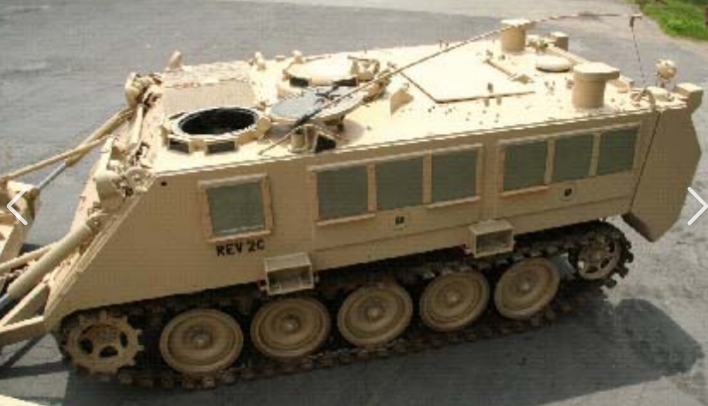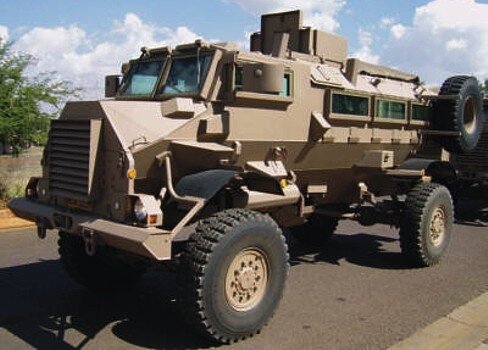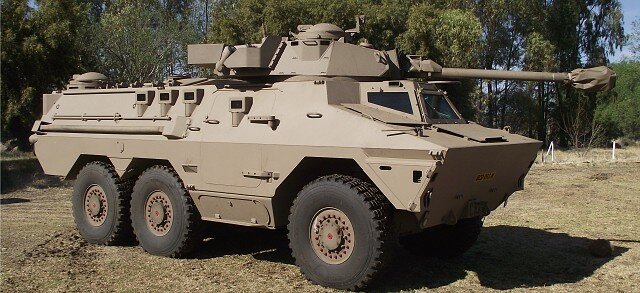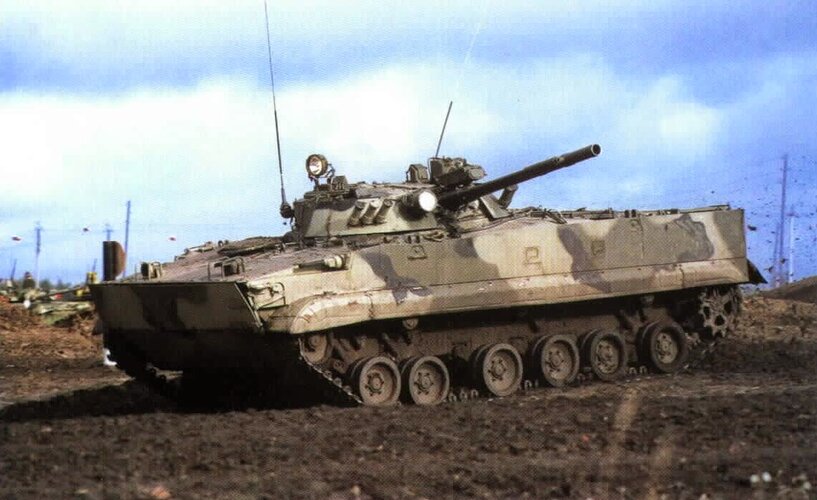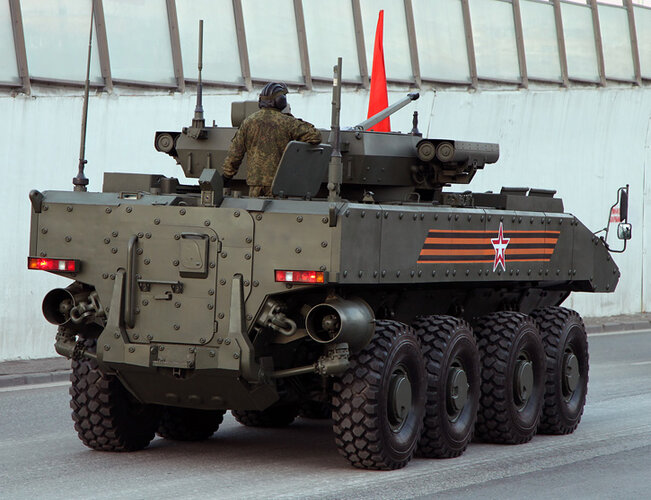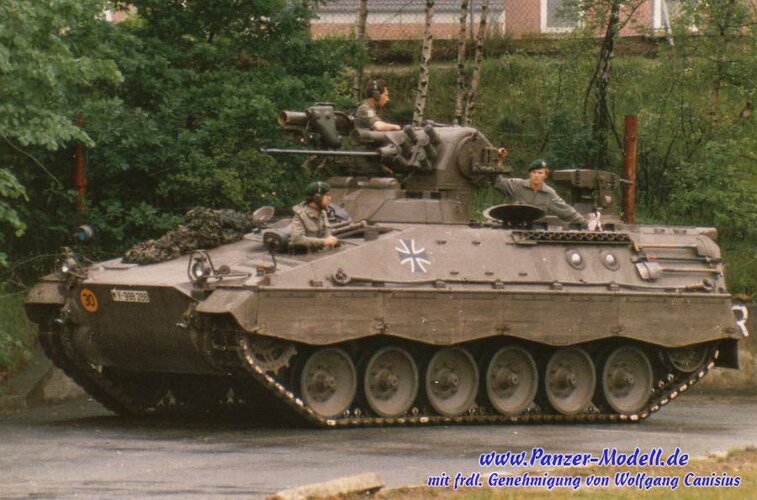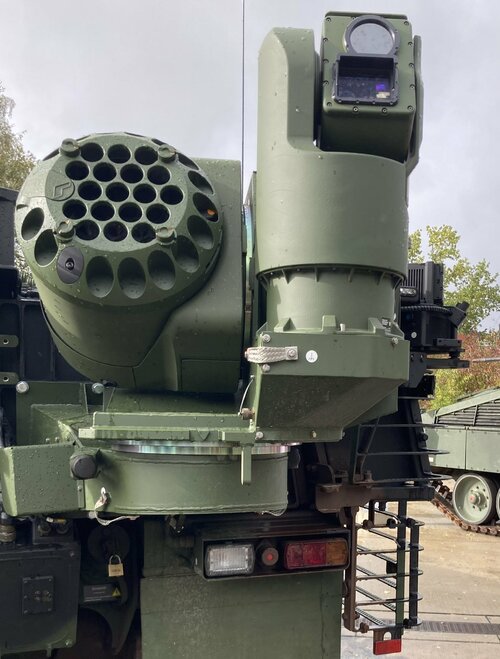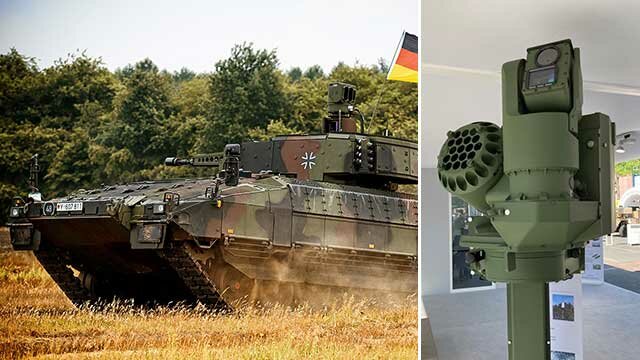Yes, I think as others have said here, aiming was very difficult/impossible via a periscope while you were being bounced around inside. Just spraying lead around wasn't really effective. Plus fumes were a problem, I think the Bradley had extractor tubes, and of course you needed relatively compact gun.
Another factor may have been that you really needed back-to-back seating rather than facing seats which may have been a constraint on the vehicle designer.
Perhaps the Soviets came to the same conclusion when they started to shift to having machine guns and grenade launchers mounted in the bows for ahead fire.
I think the Object 299 IFV lacked rifle firing ports but had remotely operated ones, similar to Marder, mounting AGS and PKT.
BMP-3 has a pair of firing ports for PKM and AK. They are covered by a hinged armor plate externally in the first picture, they're the Tetris looking bits under the turret and crew hatch on the aft. There is one on the starboard side where the fore port..port is. The K-25 lacks firing ports on the hull, but this is probably because its armor is part of the flotation scheme, rather than by choice, since Bumerang also has a firing port on the aft ramp.
They're useful, but amphibious capability and armor protection are more important, rather than firing ports being useless.
Even when the Bradleys did have gunports, the port-firing weapons usually stayed in the arms room. They were singularly ineffective weapons. Ultra-high ROF, no actual sights (just hopefully mags full of tracer), and crummy vision blocks made them pretty much useless..
Bradley's, uh, "unique" human factors combined with FPW's oddities probably play a part in this more than firing ports writ large.
An ODS type seating arrangement, but with outwards facing seats, equally placed firing ports instead of haphazardly placed around the vehicle, and better aligned vision blocks, could all go a long way to making them useful. A firing rate reducer bringing the FPW down to 350-450 RPM and a brass catching bag would also help. Perhaps a 60-round casket-type magazine too, but that would be a bit futuristic for 1980.
People have used firing ports successfully in action (or rather, infantry firing from moving vehicles in an assault), see: Panzergrenadiers in Opel 4x4 trucks in the Great Patriotic War, without much issue. At least if R.E. Simpkin's recollections in his books are anything to go by, at least, as he was quite enamored with them. The firing port problems of the Bradley seems to be that specific implementation rather than the concept itself.


